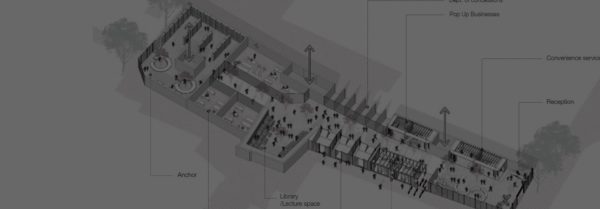AM: One of the key things we do differently is a bottom-up analysis of occupier profitability. This means we consider whether, in a particular location, a landlord looking to achieve certain rents, rates and service charge fees will be able to attract and retain occupiers to sustain those occupancy costs now and in the future – especially given all the changes going on in the world of retail.
We look at the sustainability of space by assessing elements like average trading density, the size and type of catchment, competition, local shopping patterns. And then we assess the ability of occupiers in these circumstances to deliver against a landlord’s aspirations. Compared to top-down analysis, which is very general, our approach provides a unique level of detail and precision. It adds huge value to clients looking to develop a business strategy.
RB: What’s also unique is our one-consultancy ethos and approach. Close collaboration between the four businesses within the Handley House family enables great flexibility and agility. It also provides a wealth of shared global expertise. Benoy and Pragma’s alliance, for instance, allows for multiple scales of intervention – from small-scale capital release through to large-scale masterplanning and everything in between. Together, we offer a genuine breadth and depth of capabilities, with Pragma’s specialist focus on data underpinning our creative solutions. And there’s an ease of communication and unity of vision that helps to simplify complex problems and processes, which is of huge benefit to the client.
Working together, we’re also committed to breaking the cycle of short-termism in the market. While being commercial in outlook, we focus on delivering longer-term value through targeted social and environmental assessments and solutions. And here again, the data and analytics help us understand how we can deliver maximum project value through economic prosperity, positive social impact and sustainable urban design.


